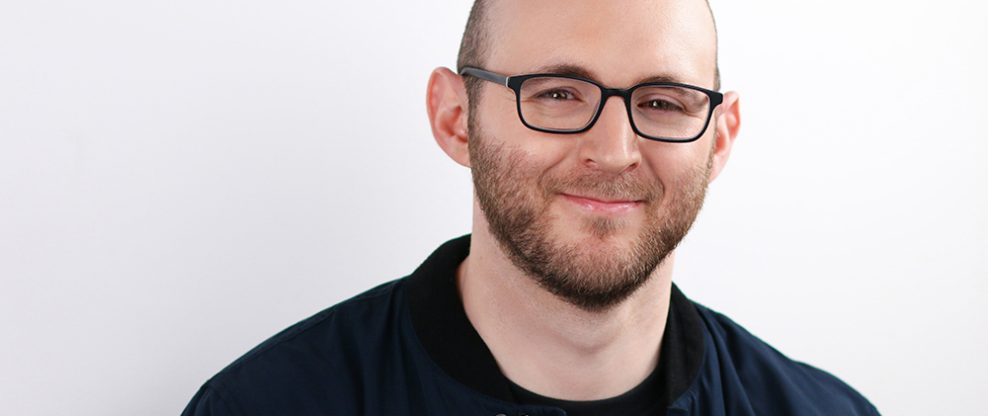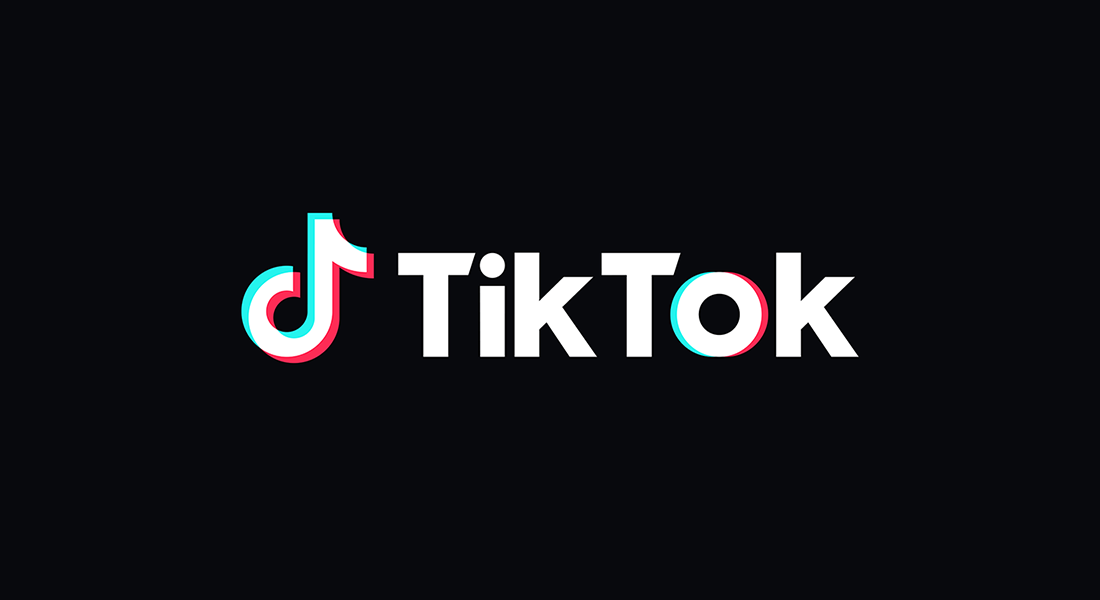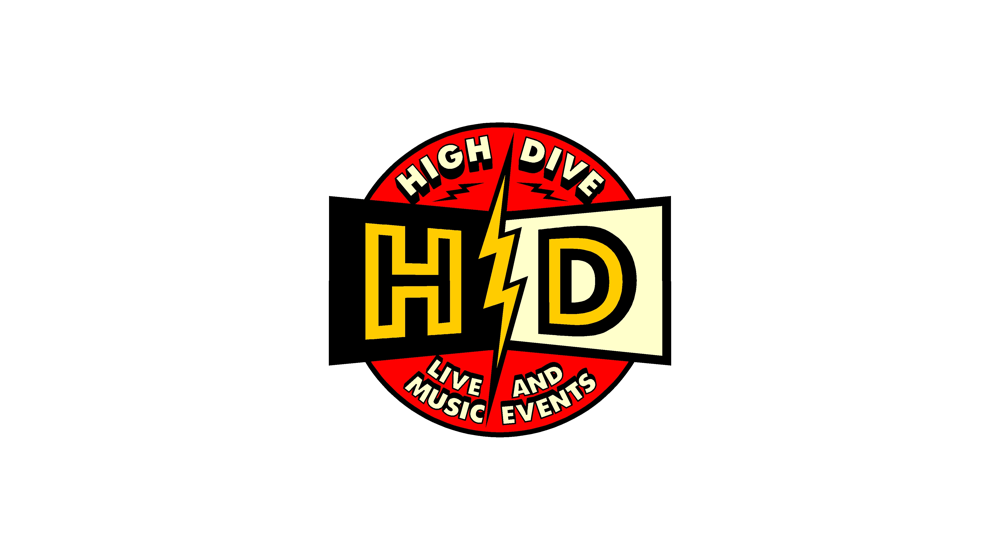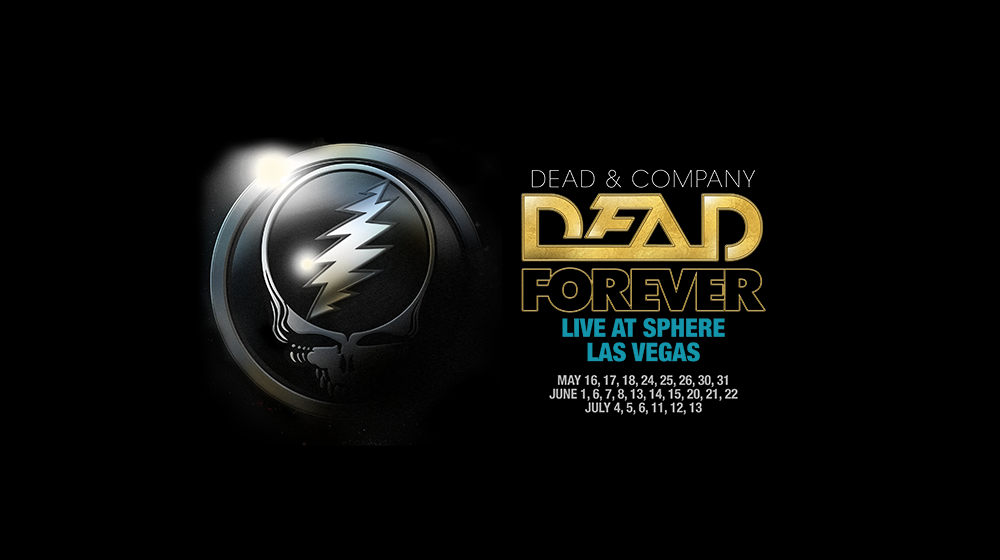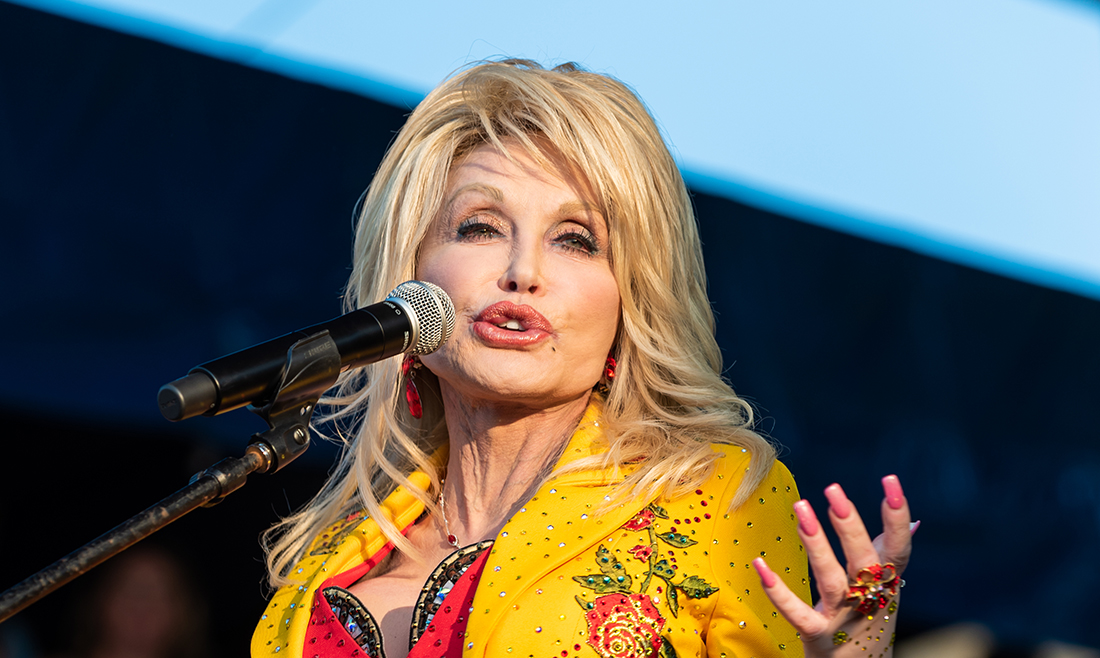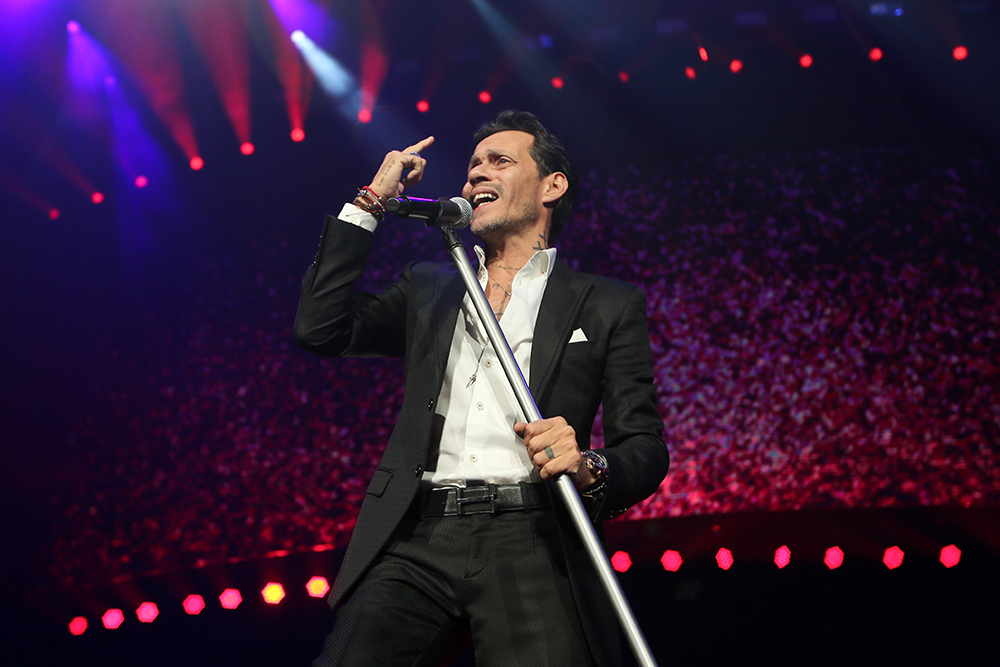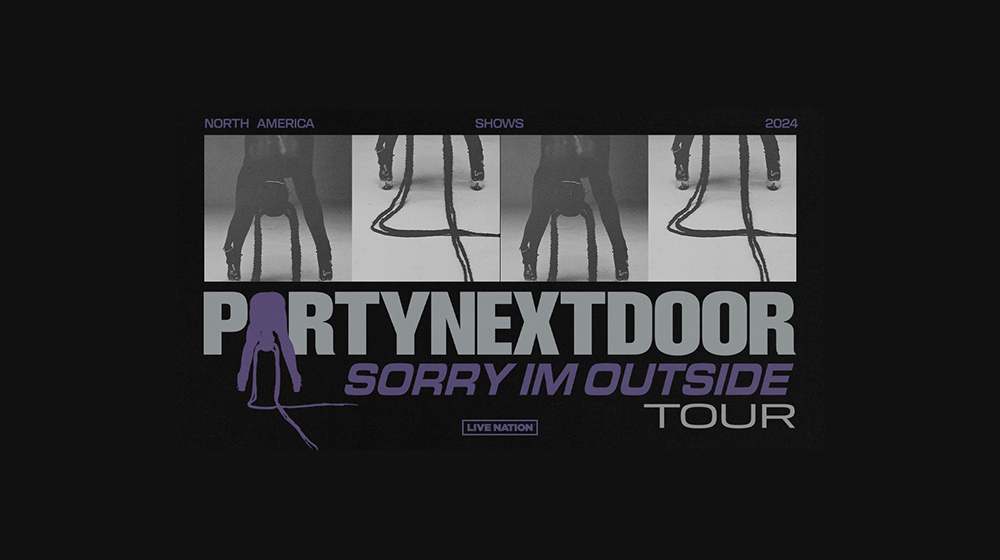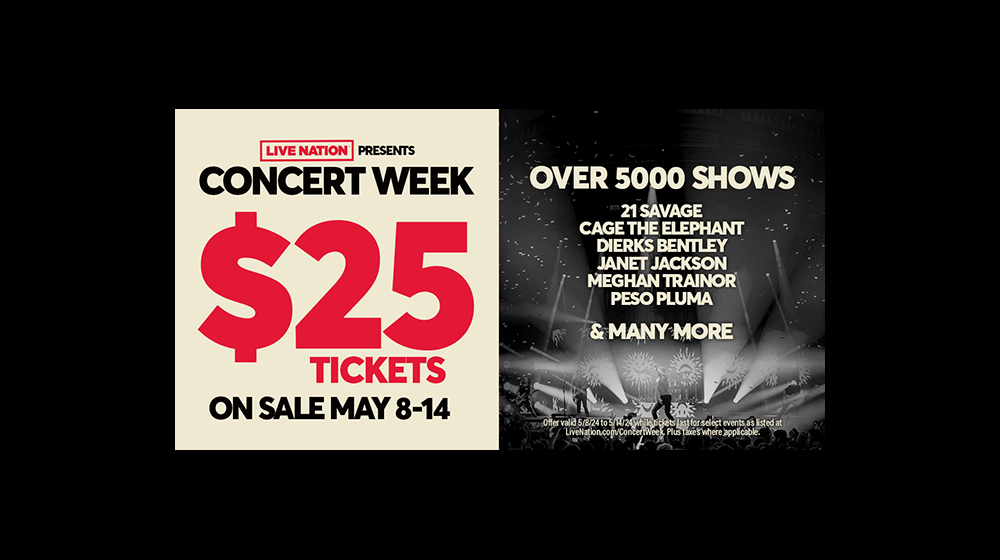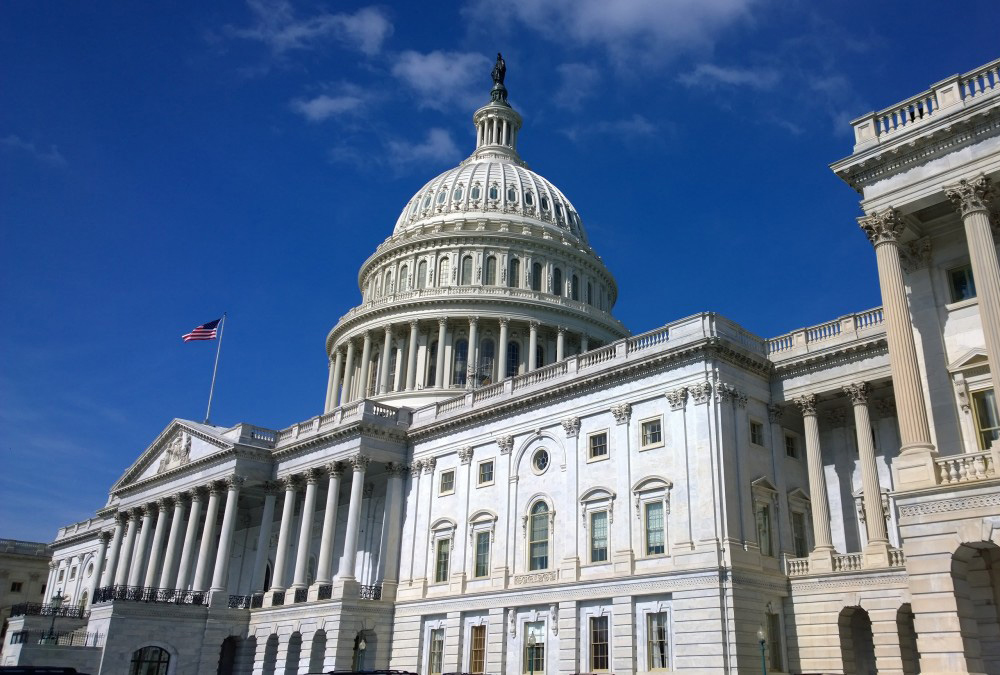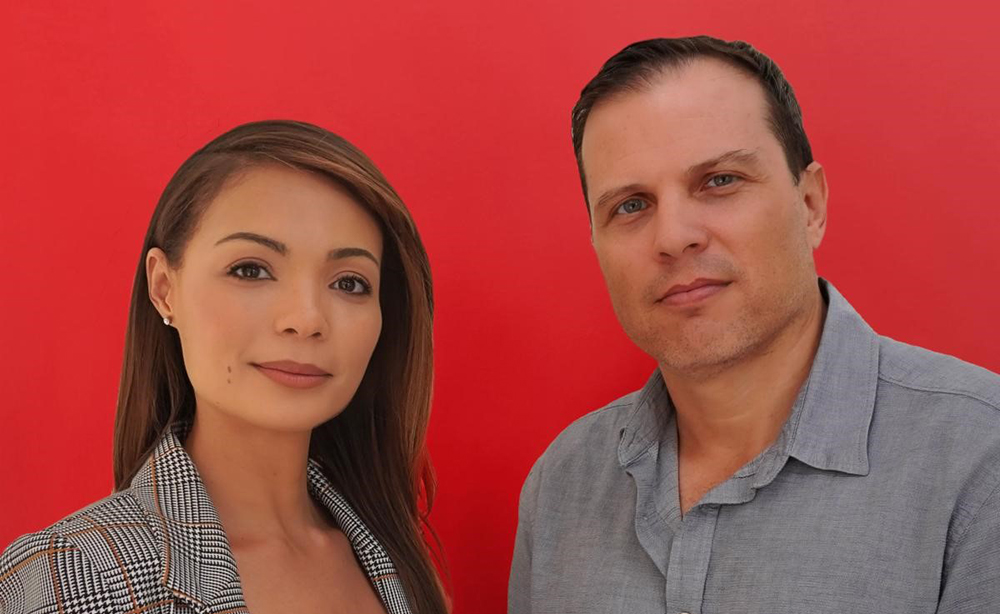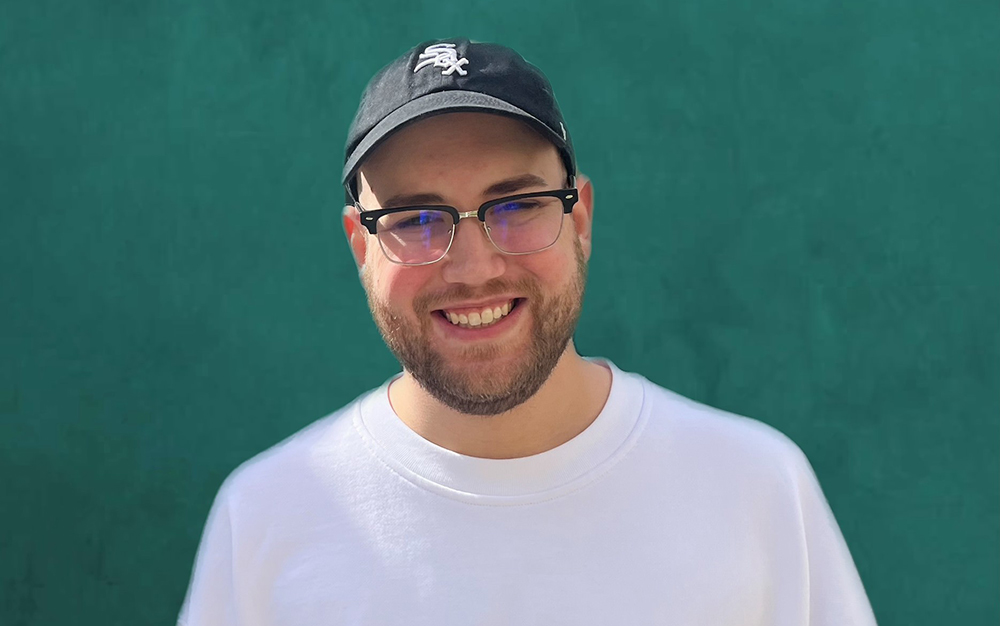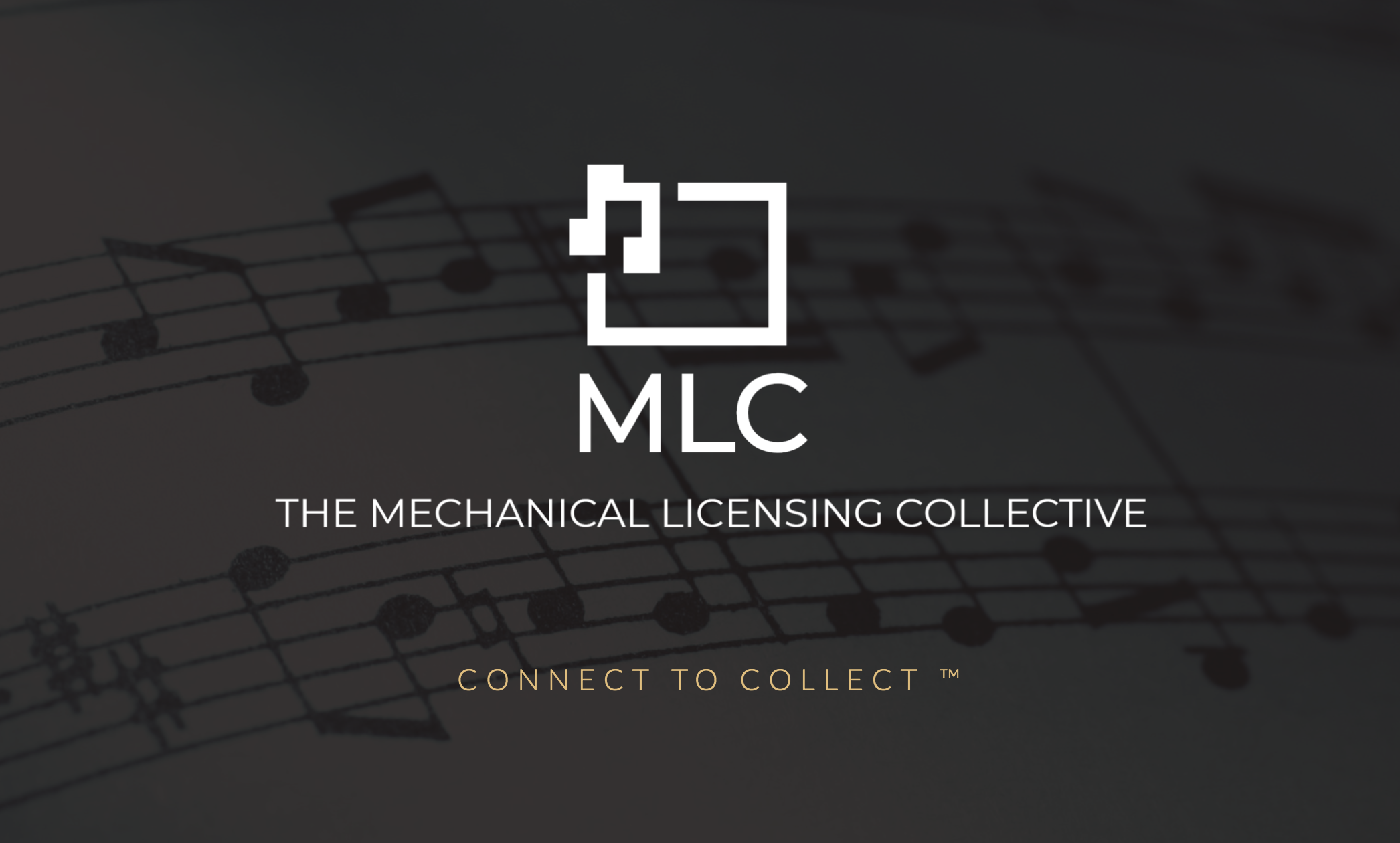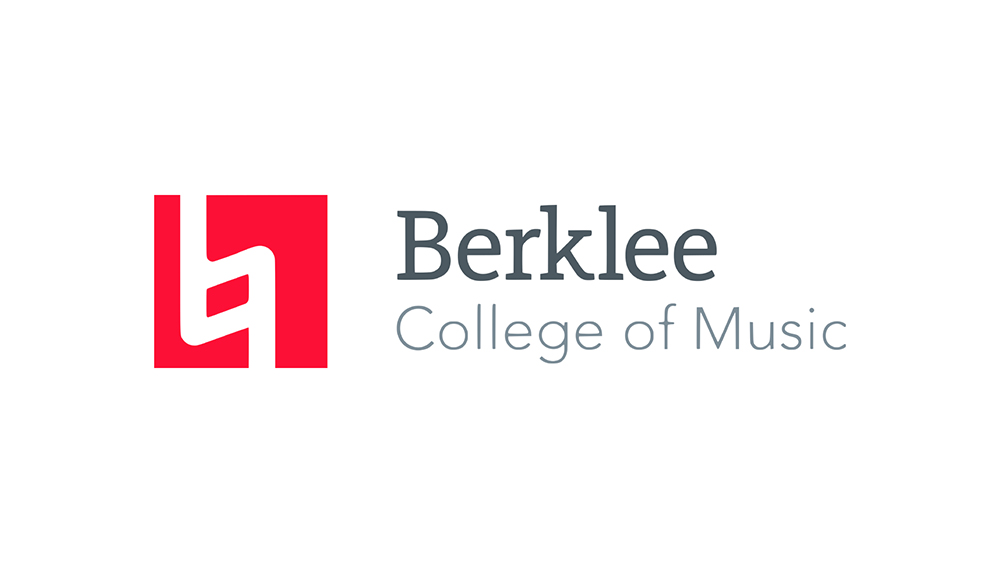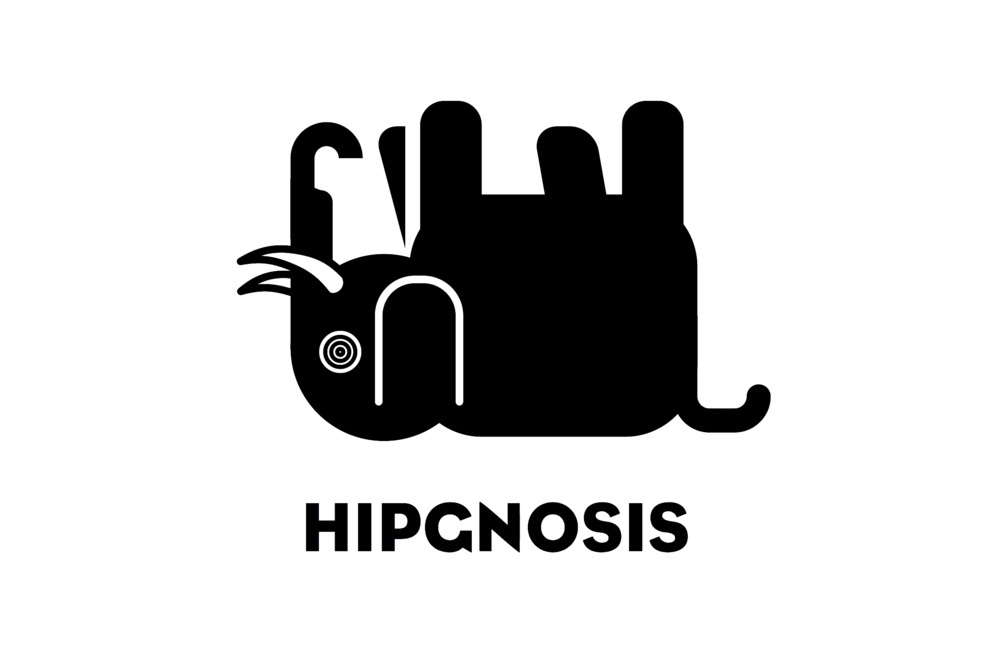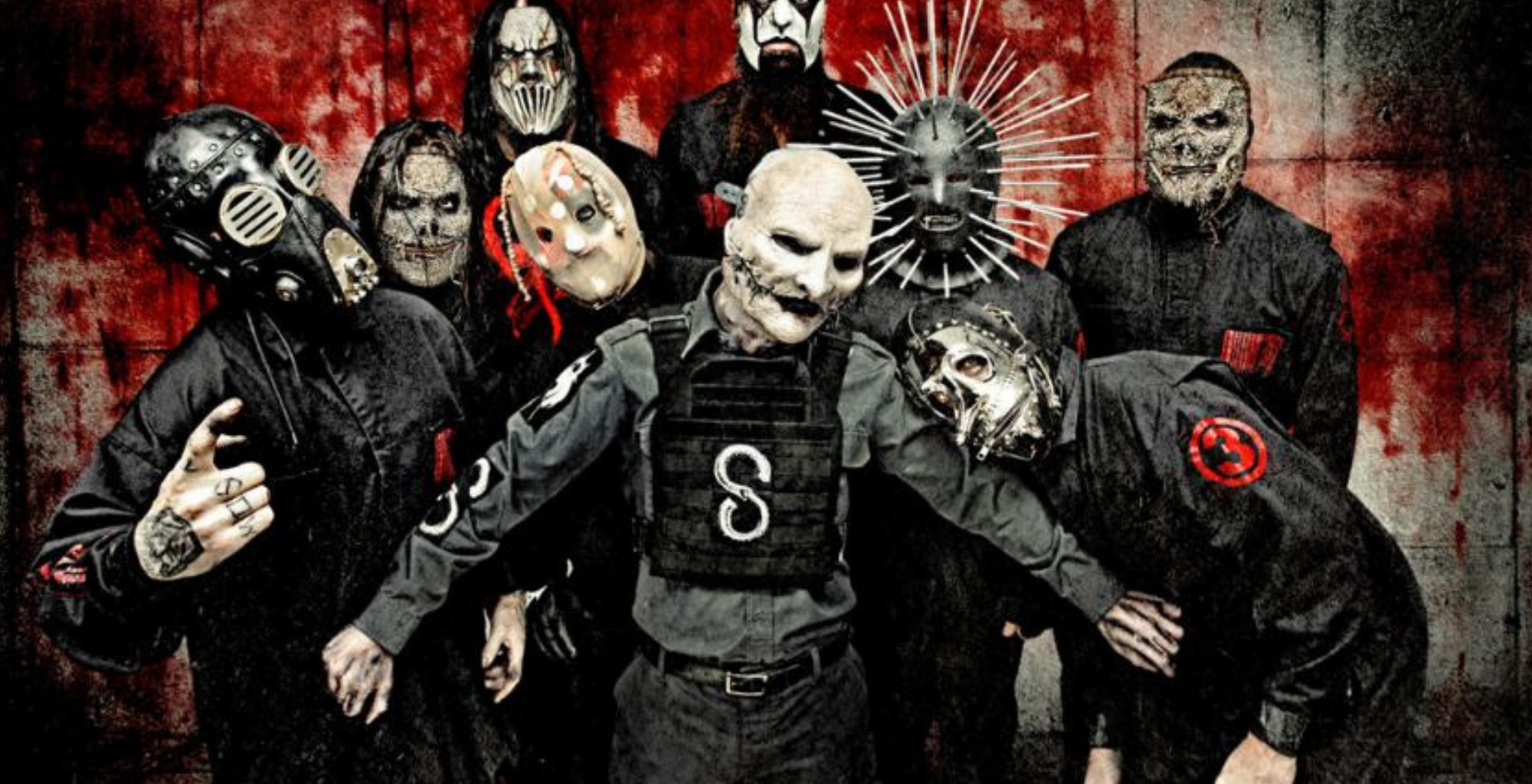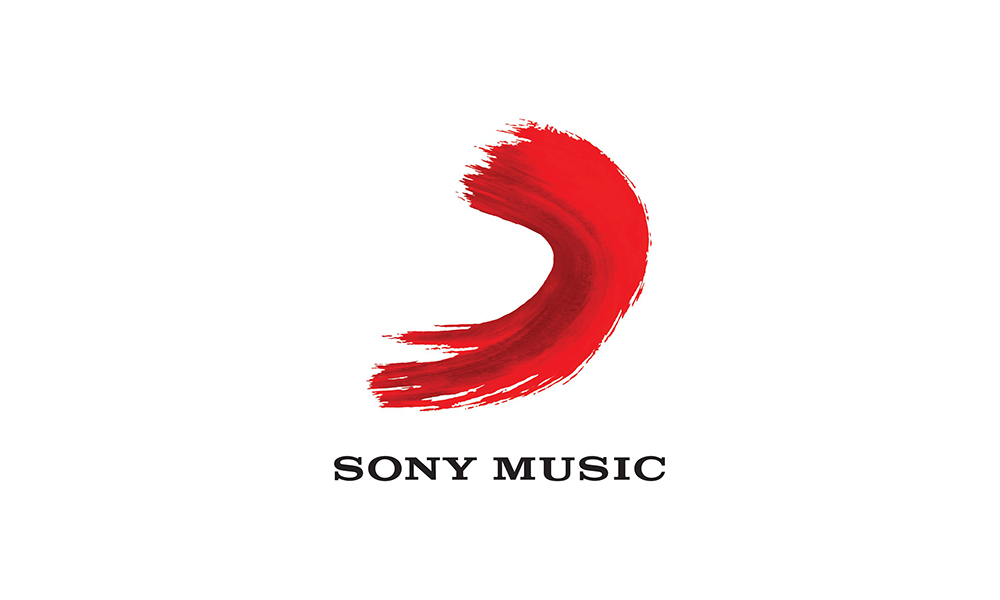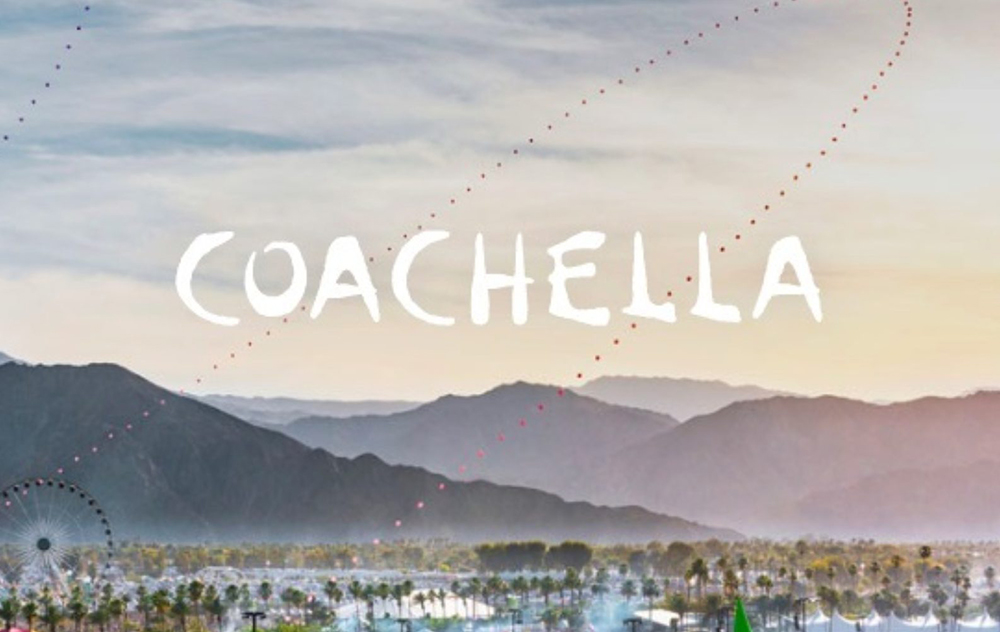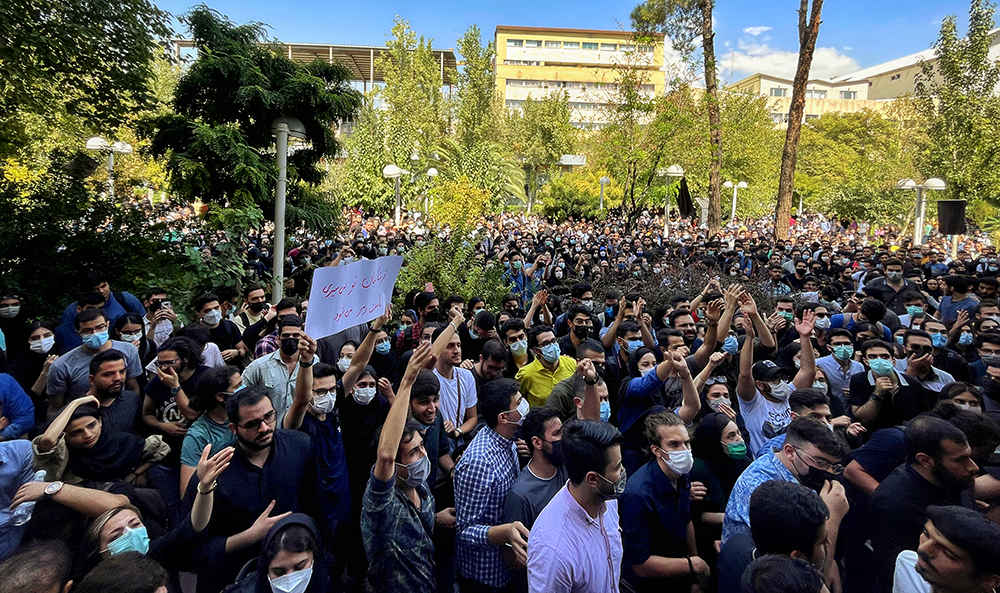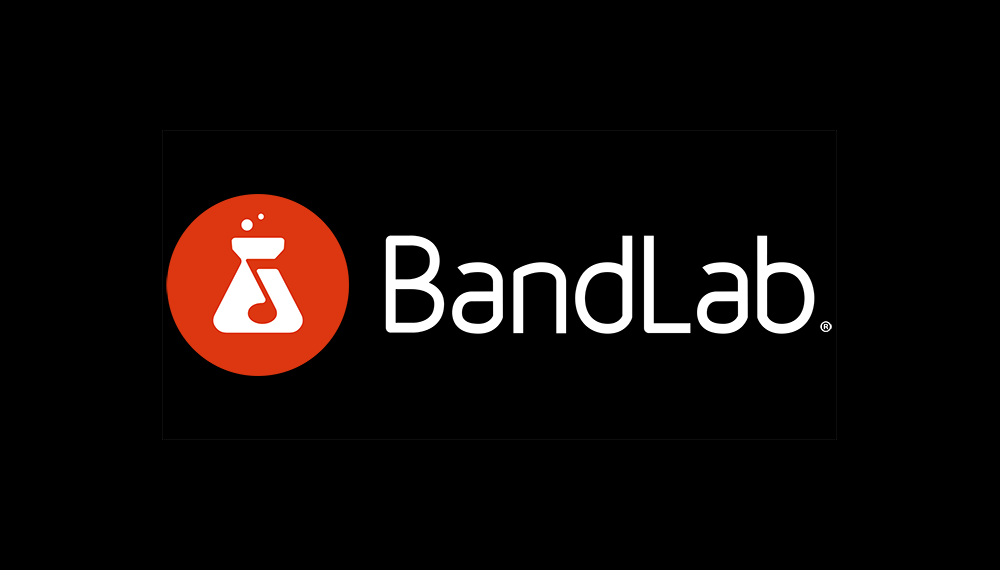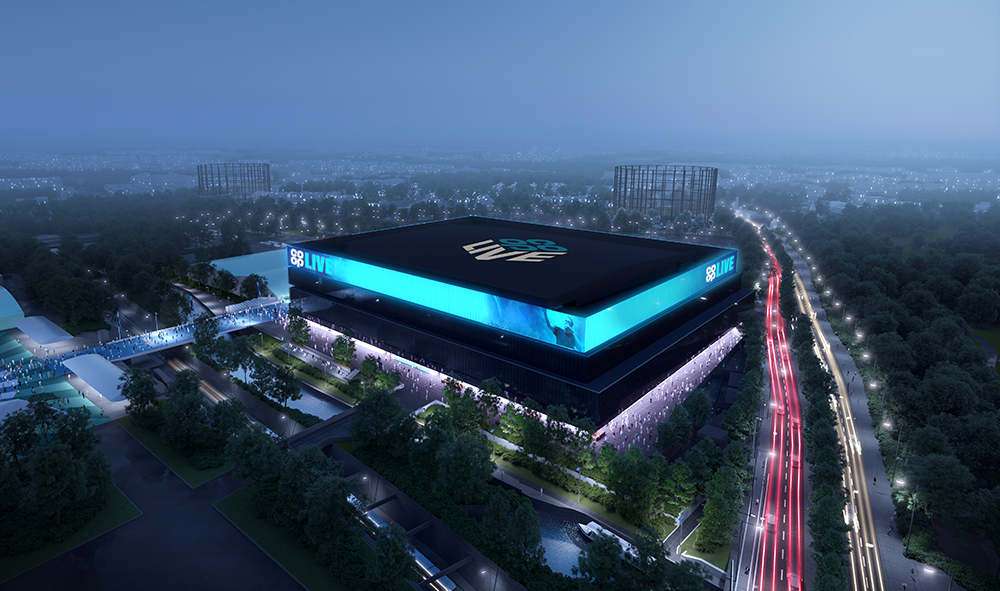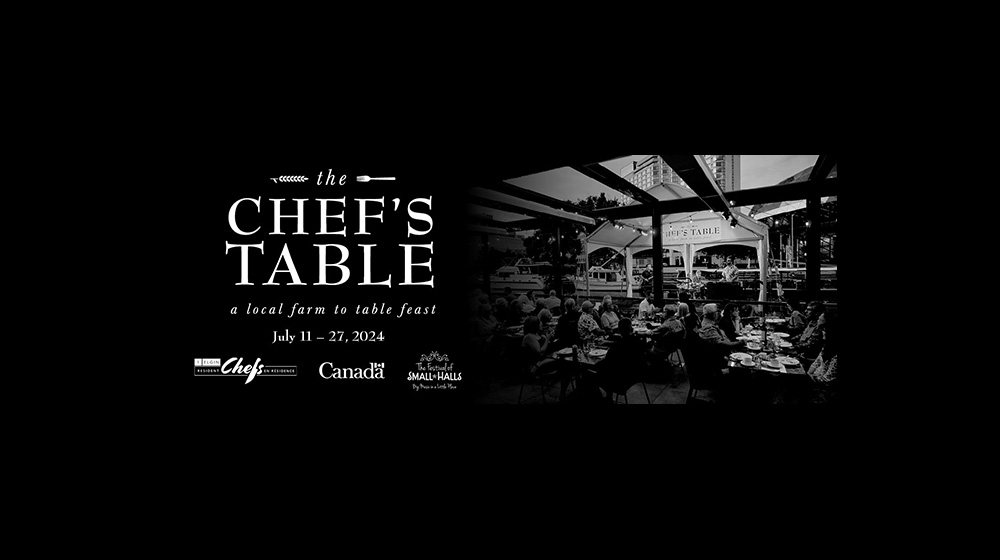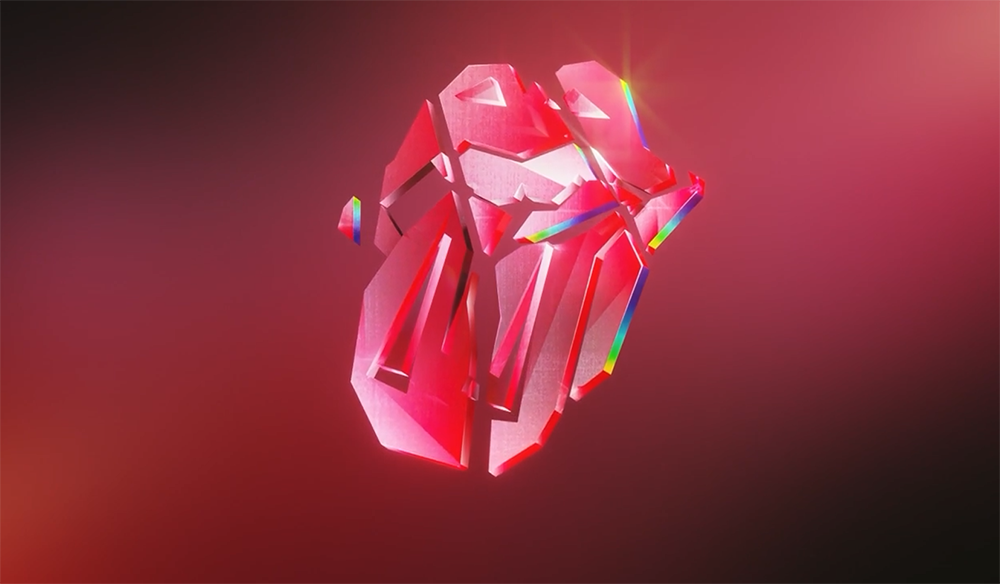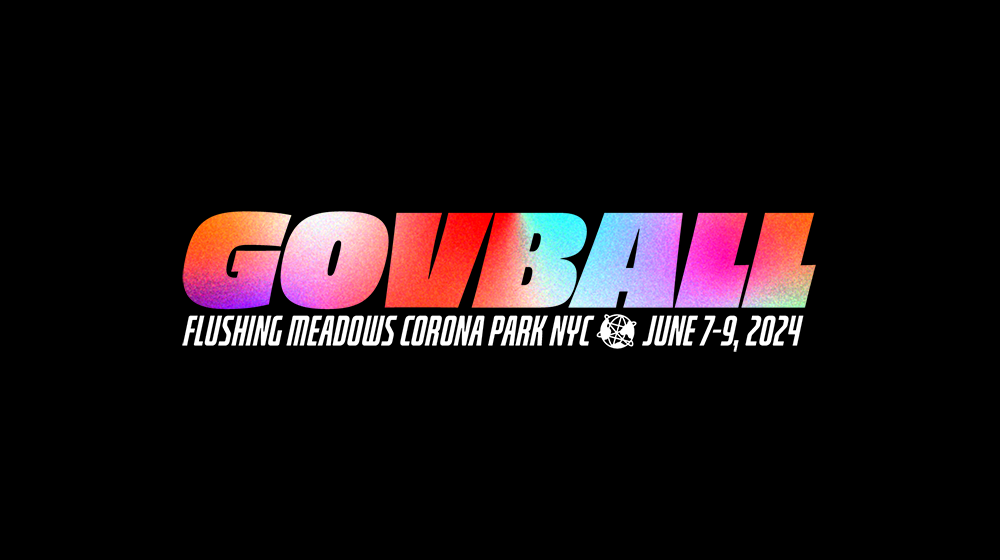This week In the Hot Seat with Larry LeBlanc: Jordy Freed, dir. of Partner Marketing & Strategy, Brand & Business Development, Video & Sound Products, Sony Corporation of America.
Our culture lives by its clichés, and the phrase Al Jolson called to the orchestra in “The Jazz Singer” in 1927, “Wait a minute, wait a minute I tell yer, you ain’t heard nothin’ yet,” is just as appropriate today.
Just ask Jordy Freed.
A recognized and lauded music industry player of marketing, business development, and communications, New York-based Freed creates cultural connections for one of the world’s leading audio/video entities.
As the first U.S.-based employee of Sony’s Brand & Business Development team since 2020, Freed has been quick to lead marketing and business development for a dizzying number of Sony’s cross-functional, multi-million dollar projects.
This includes the launch of 360 Reality Audio, Sony’s immersive music experience, as well as overseeing global branding activations for a number of sound products for consumers and professionals.
Freed developed a global branding campaign with Khalid on Sony’s popular WH-1000XM5 noise-canceling over-the-ear headphones, and with Saucy Santana on the company’s new LinkBuds S truly wireless earbuds.
Freed also was pivotal in 360 Reality Audio being incorporated into a number of high-profile videos, including Lil Nas X’s “Call Me By Your Name” in 2021.
He has overseen 360 Reality Audio marketing and partnerships with such artists as Alicia Keys, Pink, Pharrell Williams, Doja Cat, Kygo, and Kane Brown while also striking a deal to reimagine David Bowie’s catalog in the format to commemorate the Thin White Duke’s 75th Birthday, that also involved New York City and London immersive activation events.
A one-time jazz musician who grew up in an audiophile-immersed household in a Philadelphia suburb, Freed got his start in the music industry while attending Temple University in Philadelphia, working full-time as a jazz publicist for DL Media which lasted nearly five years (2009-2013).
Freed went on to hold marketing and public relation positions at the Blue Note Entertainment Group (2014-2015), where he helped amplify the company’s storied venue and festival properties. He also did a one-year stint (2015-2016) in advertising at the Grey Group, where he oversaw the campaign behind the U.S. National Park Service’s 2016 centennial.
Upon returning to Blue Note Entertainment Group as VP of strategic marketing, public, and business development (from 2016 to 2020), Freed was pivotal in aligning the brand with leading enterprises outside music, including developing partnerships with the Intel Corporation, Pernod Ricard, the European Union Delegation to the United Nations, and NHK Corporation.
Most notably, Freed was a driving force in 2018 behind the partnership of Blue Note Media Group (the sponsorship arm of BNEG) with the Sony Group Corporation for the creation of New York’s Sony Hall.
Freed’s involvement with Sony Hall, and his deep experience and mastering of emerging technology–including VR, Immersive audio, and entertainment/music verticals—ultimately led him to move to Sony Corporation of America in February 2020.
You’ve recently begun an MBA program through the University of Southern California’s Marshall School of Business.
It’s online. I have great support to pursue this from Sony. I view this as continuing to help grow our business
Do you feel the need to expand your business chops?
No. I would like to strengthen my perspective further and reframe the way I think about solving business problems. I feel I’ve gotten incredible business experience through different (career) roles in the past. This will take it to another level. Honestly, for me pursuing this, it is more about my re-framing my thinking. Re-framing how I solve problems in a different way. Through my experience in working with various teams and with different sponsors etc., I solve problems through a certain lens, and it can be too comfortable. So I keep pushing. I always like to be a little uncomfortable.
What locations do you work from for your day to day?
It is split between Sony’s NYC office and my Park Slope residence in Brooklyn.
How long have you been a New Yorker?
I have been in New York for 9 years, going on 10 years by end of year.
I am quite fascinated with your background providing a blueprint for your career, starting with your stint as a jazz publicist your various marketing and public relations positions.
But it is really now the changing music industry and media landscapes that continue to drive your career.
Executives and creators have to keep pushing the boundaries of who and what they are and what they do or they are likely to fall behind.
They just can’t say, “This is the way it is.”
It’s likely not the way it is anymore.
I completely subscribe to that. So, if you look at my career, it started with a passion for jazz, and it led to a passion for PR and then to a passion for marketing, and a passion for business development, partnerships, and technology. One fuels the other, and it sort of keeps growing because there is always more to learn and explore. And it’s (growth is) good for the projects I’m working on. It’s good for the company; it’s good for myself; and it’s fun. It’s just fun to expand.
There are people unhappy about the state of the music industry. How bad it is. Certainly, there are issues and challenges, but we now have a global ecosystem to work within with all types of new technology, streaming platforms, and media. Plus there are so many energetic people pushing boundaries, trying to change entertainment. It’s a great time to be a music-affiliated creator or marketer.
It is. There are very few limits. There is just more opportunity than anything else. A lot of the boundaries that may have existed in the past are gone, and it has opened up the floodgates for opportunity. Whether it’s artistic and creative opportunity. Whether it’s commercial opportunity. We are all being directed in a different way, so it’s a really dynamic time for the industry.
And there are now all of these different mediums to work in. Like developing immersive state-of-the-art music experiences.
Well, that’s the thing. When we review our role in the sound category– I’m with Sony Corporation of America, working as an extension with its video and sound business in Tokyo—our primary goal is to extend the musical experience for everyone. Whether it is music creations for artists. Whether it’s consumption for consumers. We want to provide value to elevate music experiences in general. All of these changing landscapes provide a lot of opportunity for us to jump in, and figure out, “Okay, how can we support and really integrate the listening experience to create an experience with the core industry?”
When you consider Sony-affiliated music hardware as being part of one of oldest parts of the company—like SACD, DAT, Walkman, and mini-disc—there’s a lot of history there centered on bringing new ways of hearing music through higher quality hardware while bringing listeners closer to music.
In coming to Sony Corporation of America in 2020, have you discovered opportunities there that you may not previously been aware of?
Every single day I discover new opportunities with partners internally, within the company, and capabilities externally as well too, based on the brand, and our capability.
It is an incredible company.
I love this company.
Obviously, it’s a highly complex company. It is (successful) based on how diverse we are, but that really creates opportunity for unique collaborations that probably would not exist anywhere else,
Why make the move to the Sony Corporation after working on Sony Hall?
This is actually my first go at Sony. When I did Sony Hall, I was at Blue Note Entertainment. I was never a Sony employee, although I was working with Sony’s Tokyo headquarters’ marketing team, and working with its various businesses here in America, including with the Sony sound business for audio. Right before COVID started in 2020, there was an opportunity to join Sony. So I made a strategic decision that, “I am going to continue to grow. I will leave Blue Note, and go work for Sony.” So I joined Sony, maybe a month before the COVID lockdown, working for the video and sound business here.
With Sony-branded partnerships, you have had access to Sony’s immersive music experiences, and sound products such as headphones. and other related sound projects for cross-functional initiatives such as 360 Reality Audio, enabling linkups with relevant heritage and contemporary artists including David Bowie, Lil Nas, Doja Cat, Kygo, Kane Brown, Pink, Pharrell Williams, and Alicia Keys.
An immersive music product 360 Reality Audio uses Sony’s object-based 360 Spatial Sound technologies. Individual sounds can be placed in a 360 spherical sound field as intended by artists and creators. and enjoyed through headphones on compatible music streaming services, Amazon Music HD, Deezer, nugs.net, and TIDAL, that transports the listener, and places them at the center of an immersive experience.
360 Reality Audio is, in effect, an outgrowth of other surround sound formats. It’s like 5.1 surround sound on steroids for the streaming and the digital world.
I’m really grateful for the collaboration with Sony Music in this area. For example, when you talk about heritage, we are currently working with the Whitney Houston Estate with both RW and WH-1000XM5 headphones for 360 reality audio. A perfect example, right, of pairing heritage (artists) with what we are doing on the product and tech side.
How great is it that Alicia Keys won the Best Immersive Audio Album Grammy for the 360 Reality Audio version of “Alicia” in 2022 as a result of a multi-year collaboration? How cool was that?
Amazing, especially when you think that the collaboration started at the beginning of COVID. It was two years working with Ann Mincieli (the primary engineer who had worked previously with Carole King, Mary J. Blige, and Elton John) and her team to reimagine. They really helped us to foster the technology, and grow it. To work on Alicia’s entire catalog in 360 was pretty amazing. Their approach to how they reimagined some of these classic albums was pretty remarkable.
At the same time, as well as developing releases remixed and reimagined in 360 Reality Audio, you are able to match artists under your roof with these kinds of opportunities as well. Further developing Sony’s history of working with artists on product partnerships, including leading global branding campaigns like with Khalid on the popular WH-1000XM5 noise-canceling over-the-ear headphones, and Saucy Santana on the company’s new LinkBuds S truly wireless earbuds.
Absolutely. You mention Saucy Santana. That is a partnership that we are really proud of. We have a partnership with Khalid on the pWH-1000XM5 noise-canceling over-the-ear headphones. We also have a partnership with SZA on our Linkbuds S (noise-cancelling earbuds).
I saw SZA’s Sony LinkBuds S commercial showcasing the new Earth Blue earbuds. Her “Shirt” single soundtracks the commercial where she’s featured rocking a pair of white LinkBuds S.
This (marketing match-up) is increasing. At the end of the day, there are all these features. To be able to see this in different contexts, even on a smaller scale with other artists, to get a close look at the music, is truly awesome.
With The David Bowie Estate, in conjunction with the ongoing Bowie 75 celebrations, you have overseen activation pop-up events and a series of releases mixed in 360 Reality Audio from David’s sizable catalog.
Longtime Bowie producer Tony Visconti crafted 360 Reality Audio mixes of “Heathen,” Reality,” “A Reality Tour (Live),” “The Next Day,” and “Blackstar” that became available for streaming in 360 Reality Audio on January 21st on Amazon Music Unlimited, Deezer and Tidal. Additionally, more content has come from DB in 360RA including “Heroes.”
Additionally, the David Bowie Estate and Sony made available for promotion four archival live performance audio/video recordings mixed and reimagined in 360 Reality Audio.
“The fan response to Bowie 75 has been nothing short of amazing,” says Lawrence Peryer, producer of Bowie 75. “David was always on the cutting edge of the latest developments in technology, so it was a natural fit to collaborate with Sony’s 360 Reality Audio team to bring fans a whole new way to experience his music. The reimagining of David’s music, which can be experienced at the pop-ups or via streaming, has given his lifelong fans and new listeners alike a reason to celebrate.”
The Sony/Visconti relationship is pretty amazing for us to work through the David Bowie catalog. Yes, we are partners with the David Bowie Estate on David Bowie 75, celebrating his 75th birthday with the (pop-up) activations in New York and London. We had our 360 Reality Audio listening experiences in both of those locations.
I presume you personally had to do a deep dive into David’s catalog to get a better understanding of what you were dealing with. The catalog is so extensive you wouldn’t have known it well when you started.
That is correct. I discovered a lot of things in his catalog that I was not aware of. It has been amazing. You always think of David Bowie as this kind of cultural pioneer, but when you start to go album by album and go through the years, I have just continually been blown away how evolved as an artist he was through the different phases. It is very, very rare to see an artist go through multiple (career) chapters in the way that he did. And really going through a lot of the catalog on this project has given me an even deeper appreciation.
The Bowie catalog is so rich.
It is.
His innovative spirit continued right up to his final “Blackstar” recording in 2016.
I have a funny David Bowie story for you. Well before I worked for Sony on this project, I also did PR consulting on the side. My client was (American jazz saxophonist) Donnie McCaslin who was in David’s band for “Blackstar.” So I was involved in “Blackstar” associated with Donnie.
A member of jazz fusion group Steps Ahead, McCaslin had played saxophone on David Bowie’s 2014 single “Sue (Or in a Season of Crime),” Subsequently, he played saxophone on “Blackstar.” In late 2016, McCaslin released “Beyond Now,” inspired by that experience. The album features the same band that appeared on “Blackstar,” and includes two Bowie covers.
David died on a Sunday. (Jan. 10, 2016).
I remember that day. I started getting phone calls from people wanting to talk to Donnie
We started getting phone calls in the middle of Sunday night from England. Tony Visconti called Monday morning. He was playing in Toronto that week. So, my wife Anya Wilson, who had worked for David in the ‘70s, and he had a very sad reunion of sorts.
Are some legacy artists hesitant about reimagining their past recordings in 360 Reality Audio? Perhaps believing that the original record is the true pure recording? That’s the record they did which has been a best seller in their catalog, and it’s a historical recording?
It’s a very fair question. We focus on education, and we focus on insuring that whatever output it is that it is the truest artistic representation of what the artist wants or an extension of what the artist wants. What we’ve found is with legacy artists working in this format is that there’s a lot of exploration and that it is a very artistic and creative process. There’s no one size. Every person is different. But I can say honestly that more often than not, that there’s a curiosity to wanting to learn more, and explore the opportunities.
It also would depend on whether the person you are working with has access to their master tapes. As you know label vault masters have been lost or mislabeled or destroyed.
That is very true. Not all material is created equal, unfortunately. So you have situations where there are no stems, and we need to create stems. Depending on how old the content is, sometimes it needs to be transferred. So you do face a lot of different scenarios based on conditions. But I don’t think that there’s been a single project that we’ve looked at where we said, “We can’t do this.”
It’s one thing to reimagine Pink and Pharrell Williams catalogs in 360 Reality Audio than trying to reimagine Billy Joel’s vast catalog which is from assorted sources. His 1971 debut album by Family Productions “Cold Spring Harbor,” for example, was issued at the wrong speed due to an error in the album’s mastering. The tracks played slightly too fast causing Billy’s voice to be one-half of a semitone higher.
Doing Pink and Pharrell Williams in 360 Reality Audio, that’s not going back that far. Their labels or producers would have all of the needed parts, and stems.
That’s true, but it hasn’t stopped us from pursuing older catalog. Sony Music and other labels have put out a number of 360 Reality Audio versions, and they continue to put out catalog content. It comes from all sorts of material sources. It’s a process, and every case is a case-by-case situation. But again, I don’t think that there’s been a single project from our perspective where we haven’t been able to pursue it due to technical issues.
Are today’s producers more vigilant throughout the recording process of retaining stems, and outtakes? Today, working with multiple producers, and working in a number of studios around the world, could lead to disorder. Is there more care being taken to retain what’s available?
It really comes down to the technology. You know this better than anyone that there’s a source of sorts for music. The older material is just physical. It’s challenging, right? To have everything as a digital archive, to live in a Cloud, it is a lot easier. And even with collaborations between creators or among creators, you can share different sources of stems, and content.
The recording technology of today is so much more advanced in that producers, labels, and artists can keep track of what has been recorded.
Yes. You look at Splice (that adds/removes/edits music or audio), for example. Everything is digital on a salient perspective, on an archival perspective. So yeah, I think that it comes down to the technology because unless you are doing it with the analog, it’s going to live digitally anyway, so there’s a record of it.
Even if it’s analog, there’s a digital version anyway.
Exactly. I think it is just inherent with the technology at this point that thankfully allows kind of a never-ending archive in the Cloud.
Have you been able to get your hands on any classic Miles Davis?
“Kinda Blue” (1959) was released in 360RA at one point.
Yes, in 2021. Scores of differently mastered versions have been cut over the years, but that version is said to beat any copy you’ve ever owned.
That’s the album considered the definitive jazz album. Irving Townsend was the producer, Fred Plaut the engineer for the sessions that took place in March and April 1959, at Columbia’s 30th Street Studio.
But c’mon it’s time for a 360RA version of “Sketches of Spain,” the 1960 album which again pairs Miles with arranger and composer Gil Evans on a program of compositions largely derived from the Spanish folk tradition.
(Laughing) I can’t confirm or deny.
There was the 1997 release of “Sketches of Spain” with three additional tracks. Thankfully, many of Miles’ outtakes were retained. I can recall a time with analog that labels would wipe outtakes once they felt they had the master.
Thankfully, with digital, you don’t have that issue anymore.
I grew up physically cutting analog audio as well as 8 and 16mm film with a razor. Today there’s digital audio recording, and just about every kid into film production has Final Cut Pro for film editing. With advanced computers and editing suites, there has also been the advent of real-time software, like Notch, to produce video content within the stereoscopic space.
So, who isn’t a creator?
Anyone can be a creator based on the technology at their fingertips. When we (at Sony Corporation) think about our business, and what we do, yes, we work with major label artists, but we are for all the creators at the end of the day. Whether they are a multi-Grammy winner or an aspiring hip hop producer making beats at home. We want to create technology that is accessible for all creators to be able to elevate their art. That honestly is what we are about as a brand.
The last frontier in music is sound. There are music fans who don’t care about sound, and who are happy with earbuds and streaming services, and there are those championing computational audio, including supporting immersive spatial audio or the SMV3 universal decoder which converts stereo and other audio sources into full 4.1 or 5.1 surround sound.
I know so many people today spending big bucks in order to have a more sophisticated home sound system.
Yeah. With technology, sound is becoming more of a premium again. In the past, it meant acquiring certain equipment, and it was a real conscious decision. But with everything on mobile, and with technology expanding to support higher streaming from a cellular perspective, and other integrations associated with headphones, you can argue that it is a lot easier for people to care about and put value on sound.
Following graduation from college, you held marketing and public relations roles at Blue Note Entertainment Group, utilizing marketing for the first time in a job with your traditional PR background–to amplify the company’s storied venue and festival properties.
Challenging traditional publicity and having an interest in delivering increased value for the company, led you to marketing, and, in time, you strategically developed a unique fusion of marketing, business, and communications.
After a one-year stint in advertising at Grey Group, you returned to Blue Note in 2016 as VP of strategic marketing, PR and business development.
Blue Note Entertainment Group has its storied venue and festival properties, and you developed partnerships for the brand with Intel Corporation, Pernod Ricard, the European Union Delegation to the United Nations and NHK Corporation.
(When Israeli-born Danny Bensusan decided to open a small club in Greenwich Village in 1981, it was the era of Studio 54, and he bought a West Third Street building that housed a disco called Gatsby’s.
With its clubs, cafes, and restaurants. Greenwich Village then seemed to be an ideal place for entertainment in New York City.
When disco faded, Bensusan decided to support jazz though he didn’t know anything about the genre. However, he hired people who did, and he named his 250-seat venue after the classic jazz recording label Blue Note founded in 1939, but at the time lay dormant.
The Blue Note Jazz Club stumbled for three years, operating at about 40% capacity until world-famous bassist Ray Brown recognized the problem.
“Ray walked into this place, and he said, ‘Do you know what your mistake is?” recalls Bensusan. “You’re bringing the same musicians that play in every other club in New York City, So he’s the one that brought me the Modern Jazz Quartet and brought Oscar Peterson with his original trio. That opened the door to a lot of legends,” including Dizzy Gillespie and Sarah Vaughan who both loved the room, loved the sound, and appreciated being treated well.
Blue Note Entertainment Group today owns, operates, licenses, or programs Blue Note Jazz Clubs in New York; Tokyo, Japan; Milan, Italy; Waikiki, Hawaii; Beijing and Shanghai, China; Napa, California; and Rio de Janeiro, and Sao Paulo, Brazil.
Blue Note’s New York City portfolio includes four venues: B.B. King’s Blues Club and Lucille’s Grill; the Blue Note Jazz Club; the Highline Ballroom; as well as Sony Hall, a joint partnership with the Sony Corporation.
The annual Blue Note Jazz Festival each June, established in 2011, has grown to become the largest jazz festival in New York City.)
It’s great that Blue Note Entertainment Group’s core business is jazz.
It is a really amazing, and it’s an interesting brand. To your point of pushing the boundaries and being the first—when Blue Note opened, it was a very different experience for the consumer. It was one of the first, if not the first, jazz club to treat jazz as more of a premium experience. I can’t speak to whether this is true or not, but I believe it was one of the first to be a street level venue as well. Most clubs then were in basements, and they didn’t have dressing rooms for the artists. They had bathrooms for the artists (as dressing rooms)..
The Blue Note clubs were renowned for offering a more refined experience for the customer, and also for the artist.
There was a lot of aura developed around that brand for star power that would come and play in that environment. So, Ray Brown, Oscar Peterson, and Sarah Vaughan played there. Artists that would only play concert halls played The Blue Note.
While at Blue Note Entertainment Group, you established brand marketing and business development partnerships well outside of music.
That was one of the key things which I was doing. At least in my second run there.
One of the most successful of these partnerships was with the worldwide distilled beverages company, Pernod Ricard, which was rebranding its Seagram’s Gin in Europe in 2016. Blue Note took over a hotel in Madrid, created a mini club and produced pop-up shows with different artists, which all sold out.
Also in 2016, you worked with the Japanese national broadcasting company NHK to create high-resolution 8K video events broadcast in Japan, including a duo piano show featuring Herbie Hancock and Chick Corea.
Yep. So just from that perspective when you look at it from a brand-building and marketing, and even development opportunities, there’s a lot of strategic advantages and opportunity to build off of that kind of legacy, and distinction to push even beyond. On one hand, you can open more venues; on the other hand, you can align the brand with other companies through partnerships well outside of music with entities like Intel, Pernod Ricard, the European government (the European Union Delegation to the United Nations participating member state countries, (there were more than 10+ that participated in the partnership), and NHK.
Blue Note Entertainment was one of the first to enter the live music space for jazz in Japan, opening a 300-seat club in 1988 in the central Aoyama district of Tokyo as well as in Nagoya, Osaka, and Fukuoka, though they have since closed.
We think of jazz as this very American thing although Columbia and Victor both opened subsidiary companies in Japan in the late ‘20a which issued a lot of the jazz recordings — either the ones made in the U.S. and imported or the ones that featured Japanese artists.
Among those Western jazz artists popular in Japan have been Sarah Vaughan, Tony Bennett, Roberta Flack, Chick Corea, Oscar Peterson, David Sanborn, the Milt Jackson Quartet, the Jim Hall Quartet, and Phyllis Hyman.
For a lot of Western jazz musicians, their biggest market is Japan.
It is a really important market.
Jazz was brought over to Japan in the 1910s by luxury ocean liners with jazz bands and orchestras onboard for entertainment. After the end of World War II western forces occupied Japan, and the jazz scene flourished into a variety of subgenres from nu-jazz to acid jazz, and jazz fusion.
By the ’50s and ’60s Japanese musicians were playing popular jazz. The biggest name being pianist Toshiko Akiyoshi—now 93– who has released several albums recorded in The Blue Note Club, She was one of a very small handful of artists who insisted on playing bebop only. There was also hard bop drummer, Hideo Shiraki, the Sharps and Flats Big Band, pianists Hiromi Uehara, Masabumi Kikuchi, and Ryo Fukui; saxophonist and flutist, Sadao Watanabe, and, Hiroshi Suzuki whose music has been sampled by A Tribe Called Quest.
The Sony Corporation has built businesses at the intersection of creativity and technology, and by converging and intermingling music, film, and gaming. But with its branded partnership with the Blue Note Media Group (the sponsorship arm of BNEG) to launch Sony Hall in 2018, the company entered a new phase in its evolution.
Key to the agreement is the Sony Hall space itself located on West 46th Street. The 6,000 square-foot space, with full-service restaurant and bar, and with a capacity of 1,000 standing or 500 seated, features all of Sony’s technological advances.
Among the advanced sound, video, and lighting integrations are a multidimensional audio technology system, screens on both sides of the stage, projectors, a camera system for capturing and livestreaming shows, and soundboard tucked inside what used to be a dome in the ceiling.
A lot of the history of the Sony brand in sound and music permeates through that venue. Some distinctive audio/video capabilities for content capture exist in that venue as well. Then you look at some of the events that have been done as well. When the venue opened, there were a number of partnerships between Blue Note and Sony. We had Sony Music artists for album releases. The objective was to bring all of this together.
Blue Note kept the vibe of the original Paramount Hotel’s downstairs Diamond Horseshoe supper club.
Yeah. To set the stage. Blue Note was looking to create a new venue in New York City. When we saw the space initially, we were in awe. There’s literally is no other space in New York like this. This is a special place, you see it, and feel it right away when you walk into the venue.
Theatrical showman, and one-time husband of Fanny Brice, Billy Rose opened the Diamond Horseshoe in 1938, and for years it featured vaudeville-style revues. The theater and club shuttered in 1951 and was renamed the Mayfair Theater when reopened in 1961, becoming the Century Theater in 1978, and again renamed the Diamond Horseshoe in 2013 when refurbished by Randy Weiner and Simon Hammerstein to host the off-Broadway immersive theatrical show “Queen of the Night.” Afterward, the ballroom, while rented out for special events, largely stayed dark.
Why in New York City?
Blue Note has always had a very strong footprint in New York beyond just the Blue Notes (clubs). At one point, it was just the Blue Notes, but for a very long time it was multiple venues. Not just focusing on jazz, but also different genres. And to that point, building off that kind of presence, ownership was looking to create a new venue, to open a new venue in the city.
With the Sony/Blue Note partnership in place, early conversations quickly centered around the idea of integrating tech and live entertainment.
When I was on the Blue Note side, the objective was how can we bring the rich heritage of the Sony brand in audio, music, and culture to life in a way that permeates through the concert-going experience.
That led to discussions with Sony Japan, and the result was creating a new venue brand called Sony Hall. Technically, if you look at the press releases, it was (about) the sponsorship, but it is a lot more than that. It is an actual partnership that really permeates through the venue experience. It was the first venue in the world, I believe, to support playback at 360 reality audio that was named as such in 2018 when the venue opened.
In essence, you created a super club.
You said it. I didn’t.
Live events and interactive music experiences sit at the heart of so many metaverse aspirations today. Platforms are now delivering hybrid IRL-virtual events for both stay-at-home, and event audiences. Plus, there are platforms offering up shared virtual worlds.
An early example of the power of branded corporate partnerships is Blue Note’s 2016 brand partnership with the Intel Corporation, which experimented with 360-degree video, 3D audio content, and live-streaming music in virtual reality from Sony Hall.
We were kind of pushing those limits into VR space years ago. In 2016, there was a little project called Rivet VR, a Blue Note-funded startup working in virtual reality via a mobile app (linking up with the then-new Intel Xeon processor E3 v5 family). We used Intel’s new server to power a livestream from Blue Note New York – a free show with Living Colour.
You could say we were almost too ahead of the curve in focusing on VR in 2016.
There are so many young people now seeking to push the boundaries of immersive experiences. A ticketed digital avatar concert can now take place with or without your favorite artist. A decade from now venues will likely be far different in design, and the audience experience will quite different.
Yeah. That is a very great point, and it remains to be seen what that will be what the evolving landscape of tech. We see metaverse in the headlines everywhere. It’s an evolving space. So it will be very interesting to see what the next 10 years will look like in that area for the live music experience.
Your job at Blue Note Entertainment took you to Cuba, China, and Poland.
I got to see the world. Join Blue Note, see the world.
At Blue Note you also met your wife, Theresa Vibberts, (executive VP of CAMI Music, a live event production and artist management firm).
I did meet Theresa at the Blue Note because she had a client performing, and I was the director of marketing at the time. I met some of my dearest friends at the Blue Note. I met my dear friend Alex Kurland at the Blue Note back in 2010, before either of us worked there. I started my relationship with Sony Corporation at the Blue Note. I’ve had such a great relationship with the people there, and that place is always home.
With CAMI Music representing classical, dance, opera artists, and theatrical productions, including the American Ballet Theatre, pianist Lang Lang, composer/conductors Alexandre Desplat, composer/musician Andy Akiho, and conductors Lina Gonzalez-Granados, Otto Tausk, and Michael Torke, has Theresa broadened your appreciation of classical, opera, and theatre?
I’d say performing arts in general. A misnomer is that people think that CAMI Music is just classical music, but she can speak to classical music. She can speak to dance. She is currently doing the “Immersive Monet” show in New York (at the Seamen’s Bank Building). So I’ve learned quite a bit on that arts side of the business from Theresa. Her role as a manager, and her role as an agent, is pretty amazing.
You grew up as a hyperactive kid with a father who was engrossed with both music– high quality music- and with Sony audio and video products.
Your father’s passion for Sony included him owning a Sony-branded Surround system, a minidisc recorder, a Dream Machine clock radio, headphones, Walkmans, a Discman, a Handycam, and an SACD player.
While a young teenager your father would drag you into audio equipment stores.
I grew up outside of Philadelphia in Elkins Park, Pennsylvania, and yes, my dad was an audiophile. Everything in the house was Sony from a hardware standpoint. He was big on SACD (the optical disc format for audio storage developed by Sony and Philips Electronics that was intended to be the successor to the CD format), and I was into jazz.
Your interest in jazz began early, and throughout middle and high school, you were immersed in the music in grade five, you decided you wanted to play saxophone. At 11, when you purchased your first album, it was “Live at the Lighthouse” by the Cannonball Adderley Quintet. At 13, you attended your first concert that featured tenor saxophonist Sonny Rollins at The Kimmel Center for the Performing Arts in Center City, Philadelphia in 2003.
You caught up with Sonny Rollins as he was leaving, and asked for and received an autograph.
That had to be life changing.
I was really into jazz growing up. I was fascinated by it. I used to read DownBeat, and Jazz Times and I analyzed bands.
As a jazz head, you were a fan of cutting-edge players like Stan Getz. John Coltrane, João Gilberto, Joshua Redman, and Branford Marsalis; and later embracing jazz fusion, you were enthralled by Herbie Hancock, Pat Metheny, and Steps Ahead.
Between 14 and 16, you went with your father to jazz clubs in West Philly, and you often were allowed to sit in?
Yes, Smoky jazz clubs. This was before the indoor smoking ban in Philly.
As a serious musician throughout high school, you worked with your own band performing locally at talent, and art festival shows, and you considered a career as a professional musician.
As I said I was really into jazz growing up as a kid, and later. I started playing saxophone in middle school. I come from the same township and public high school (Cheltenham High School in the Wyncote neighborhood of Cheltenham Township) that has bred a lot of very well-known jazz musicians like the Brecker Brothers (Randy and Michael), (jazz fusion star) Jeff Lorber, and (contemporary jazz saxophonist/composer) Andy Snitzer.
This township also produced (prime minister of Israel) Benjamin Netanyahu, and (Hall of Fame baseball player) Reggie Jackson. They all came from this high school. More recently there’s been the rapper/comedian/actor Lil Dickey.
When I was at Cheltenham High School, I corresponded with Michael Brecker, as a fellow alum, and with his sister Emily Brecker Greenberg. Michael got sick, and I did some benefit concerts.
What appealed to you about jazz? The freedom?
The depth and complexity of the music fascinated me as much as the freedom. Maybe, with improvisation, freedom is a better word for it.
Or you can argue for the mathematics of jazz. “Thelonious Monk once said. “All musicians are subconsciously mathematicians,” and jazz musicians like John Coltrane were very much aware of the mathematics of music and, he consciously applied it to his works.
I don’t think it was mathematics for me. It was just the layers of complexity, and where you can take the music. I couldn’t read sheet music well, but I have an incredible ear that lent itself to being a stronger improviser
Prior to starting your freshman year at Temple University in Philadelphia, you came to the realization that becoming a world-class professional musician was not going to happen for you. When you reached Temple, you stopped playing.
I knew I didn’t want to play when I hit college.
What was your major at Temple University?
I started as a poli-sci major, and that changed after one semester to communications after I started at DL Media (in Feb. 2009). The job at DL Media inspired my major for communications because I was (full-time) at DL Media all throughout undergrad.
For the first semester of your freshman year, having a lot of free time, you were able to briefly be a jazz jock at WRTI, the college’s radio station.
Indeed, that was in 2009. I did 12-6 AM shifts, 12-3 AM shifts and 3-6 AM shifts. Only once a week as an 18-year-old student.
You were hired the same year at DL Media in Bala Cynwyd, five days before Barack Obama’s January 20th inauguration as President—for what was to be a summer internship.
I figured if there was a way to have a job working with the artists that I love, then I would do that. I didn’t even know what those jobs entailed, or what jobs existed.
However, this was in the midst of the Great Recession and, coupled with DL Media’s biggest client Blue Note Records departing as it became the flagship jazz label for Capitol Records, caused most of DL Media’s small staff to leave. You practically became the last man standing.
You stayed at DL Media for 5 years, which would have been like getting a Ph.D. in jazz studies.
To set the stage. I was 19, I was in college, and the company was going through some transformations. (Owner) Don Lucoff was expanding his scope. We started booking the Portland Jazz Festival in Portland. The traits to be a publicist were very natural for me. In high school, I always had an appetite for communications and writing. I was the editor of the school paper. All of that, paired with my love of jazz, and really having a desire and hunger to break into the music industry, set me up and set me off. I started my career there. I learned PR in that environment.
I knew Don prior to DL Media. From when he was an associate at Peter Levinson Communications, working with Antonio Carlos Jobim, B.B. King, Woody Herman, Bill Evans, the Count Basie Orchestra, Mel Tormé, and Rosemary Clooney.
You go way back. He gave me my first shot.
Don Lucoff has been marketing jazz professionally since 1983. He got his start in music when he took on a 6-10 A.M. shift at KCR college radio while enrolled at San Diego State University, where he earned a Bachelor of Science degree in marketing.
In 1985, Irving Azoff, then president of MCA Records, oversaw MCA’s re-entry into the jazz market by hiring Zebra Records founder Ricky Schultz to conceive and direct MCA Jazz—and reactivate Impulse! Records, and sign the GRP label for distribution—hiring Don Lucoff as national director of publicity for MCA Jazz which became Billboard’s # 1 Jazz label during its first three years with a roster of Michael Brecker, Larry Carlton, Keiko Matsui, George Howard, Yellowjackets, and the Rippingtons.
Working at DL Media, you got a lot of experience in dealing with assorted labels too.
Yeah, it was particularly exciting working with a wide variety of labels in that role. Labels, festivals, and independent artists. One of the incredible opportunities was the re-launching of OKeh Records through Sony Music Masterworks in 2013 and dealing with (senior VP for Sony Masterworks U.S.) Chuck Mitchell, and Wulf Müller (Sony Classical’s exclusive jazz A&R and marketing consultant who oversaw A&R for OKeh Records).
(Founded in 1918, OKeh built its reputation with artists from the classic jazz and blues with such iconic talents as Louis Armstrong, Duke Ellington, King Oliver, and Sidney Bechet.
Focusing on both new and established artists who embodied “global expressions in jazz,” the re-launched OKeh kicked off with releases by John Medeski, David Sanborn & Bob James, as well as Bill Frisell and Dhafer Youssef.)
Released in November 2022 was Wulf Müller’s book “A Life In Music – A Chronicle” which starts in 1955 and ends in early 2022, after Müller’s retirement from the music business. It tells the story of his beginnings in Vienna at PolyGram, to working in London for Universal Music International and finally running OKeh Records for Sony Classical from Madrid. He has lot of stories how the business works, and about working with Sting, Ornette Coleman, Status Quo, Deep Purple, Pat Metheny, Dee Dee Bridgewater, and Chick Corea.)
Wulf is a good friend.
Coming to DL Media as a newbie with fresh eyes, with the music and technology communities at odds with each other over digital music being available on the internet, you likely saw veteran music people running around declaring, “We are doomed!”
What was interesting was that I started in 2009. So, step back for a minute and look at the macro of what was going on in the industry then. Streaming didn’t exist at that point. It was still in this kind of transition where, yeah downloads were a thing, but physical was losing money. It was post-recession, and social media was not in full force. So, when I entered, between the macro conditions of the industry, and the media climate changing, it was a really interesting time to jump into the pool.
Labels feared a re-run of the MTV scenario where a company was built on their backs.
Ted Cohen, managing partner, TAG Strategic once told me of meeting with a group of label executives around 1999. According to Ted, “There was a guy in London, a few years ago, who said, “Nothing leaves this room.” Later, in a conversation, I asked him what the biggest impediment was in getting a deal done at his label. “He said, “My boss. He’s an asshole. He wouldn’t know digital if it hit him in the ass.”
The overriding sentiment with labels, and music publishers that bled down to managers, artists, and songwriters was, “The sky is falling.”
I remember this. I absolutely remember this with calls with clients, and interfacing with marketing and sales teams. The dominant focus of that firm was doing publicity for albums for the most part. So, I worked with a lot of record labels and artists. It was a rough period for the industry. It was a really awkward period.
At DL Media, you also got to see the strengths and weaknesses of music-related media. Music publicity then was primarily centered around touring.
Yeah. There was definitely more touring for sure. But on the media side to your point of being a newbie, it was really interesting because I started as a newbie publicist which was different in 2009 when blogs were popping up. Everybody was trying to figure out what social media was, and how it functioned for driving marketing publicity. This was years and years before influencers were a thing. Message boards were still a thing. I got my start looking at new media. Social engagement in the early days of social, blogs, etc. Even with print media changing. Keep in mind at that time in the middle of the recession and fear of post-recession, for tour press, local media was drying up at that point.
People were pulling advertising from newspapers.
Yeah, because of the digital transformation and also economic conditions. On one hand, if you look at it from a traditional standpoint, people had been there a long time working in the physical. “Oh my God, like the house is on fire.” I come in and it was, “Oh well there’s this thing called the internet.”
In the earliest days of consumer internet, when Internet service providers like America Online, Prodigy, Earthlink, and CompuServe, dominated early access in the U.S., subscribers mostly relied on their phone line for connection to the internet.
No one could use the phone when someone was on internet
Anyone connecting in the mid-90s through to the mid-2000s knows of the dial-up modem connection being soundtracked by a cacophony of electronic hisses and beeps.
Before the invention of the World Wide Web in 1993, most Internet access still was from personal computers and workstations directly connected to local area networks (LANs) or from dial-up connections using modems, and analog telephone lines.
Information was difficult to search for.
By the mid-1990s, Netscape had about 80% of the browser market in the U.S. and Europe. Its only real competitor was Microsoft’s Internet Explorer which first launched with Windows 95.
It wasn’t until Apple purchased Steve Job’s NeXT to improve Mac OS, and he returned to Apple, delivering an inspirational speech in 1997 detailing the future of Mac OS that led to Microsoft investing $150 million in the firm that things began to change.
By 1998, the Apple iMac and PowerBook G3 were popular, and Apple was a force to be reckoned with.
Apple’s first iPhone in 2007 had a 3.5-inch screen, a 2-megapixel camera, and topped out at just 16 GB of storage. It didn’t even support third-party apps.
Keep in mind when I started in 2009 at DL Media, the iPhone was what a year in change old. I had just gotten the iPhone in Sept. 2008.
With all of the new media today, you can go online or check through the music streaming services and tap into any era or any of the sub-genres of jazz. It’s a far different age.
It certainly is. The way that we communicate to the public to reach consumers, and to reach other industries is evolving. It has been evolving for years. I like to think that my background in media, certainly in PR, going into marketing, and kind of riding with that changing media, was a blueprint. Being in marketing, you have to communicate something. How you do it is very different with the audience right now and, it’s an interesting time.
Jazz goes in and out of popularity, but with all of the varied media available today from online to film and TV, reissues, and new artists, jazz has continual visibility. Plus, jazz travels well because much of the genre is instrumental.
At the end of the day, if you look at pop too, a lot of hit pop stars look to jazz musicians as kind of the Holy Grail of musicianship, and artistry, and there is just something very sacred about that music that is widely respected. I don’t think that there is any pop or hip hop or any artist in other genres did would not respect the art of what jazz musicians bring to the table.
A lot of pop and rock musicians and progressive rock fans of the late 60s and onwards grew up listening to jazz music. They likely listened to John Coltrane, Wes Montgomery, Ornette Coleman, Bill Evans, Chet Baker, Art Tatum, Stan Getz, Oscar Peterson, Cecil Taylor, Herbie Hancock, João Gilberto, Antonio Carlos Jobim, and the Tony Williams Lifetime.
I started my career in that space, and kind of evolved into broader pastures.
I don’t know many leading musicians in rock and pop that would not claim Miles Davis “Kinda Blues” as part of their core recording collection.
I keep the 6-CD box set “Miles Davis & Gil Evans: The Complete Columbia Studio Recordings” (1996) close at hand. Their partnership spanned 1957 to 1968, and encompassed such LPs as “Miles Ahead,” “Porgy and Bess,” “Sketches Of Spain,” and “Quiet Nights.”
Seminal artists, seminal albums that guide the way for a lot of creation that is happening today. If you look at the genres right now and how everything is blending together, people like Miles were doing that 50 years ago.
Larry LeBlanc is widely recognized as one of the leading music industry journalists in the world. Before joining CelebrityAccess in 2008 as senior editor, he was the Canadian bureau chief of Billboard from 1991-2007 and Canadian editor of Record World from 1970-80. He was also a co-founder of the late Canadian music trade, The Record.
He has been quoted on music industry issues in hundreds of publications including Time, Forbes, and the London Times. He is a co-author of the book “Music From Far And Wide,” and a Lifetime Member of the Songwriters Hall of Fame.
He is the recipient of the 2013 Walt Grealis Special Achievement Award, recognizing individuals who have made an impact on the Canadian music industry.
O

